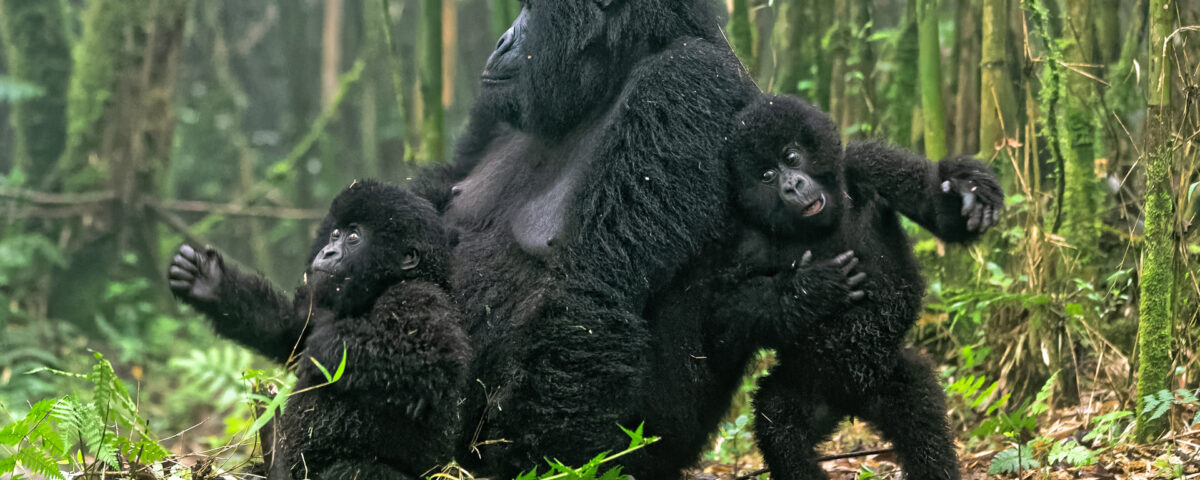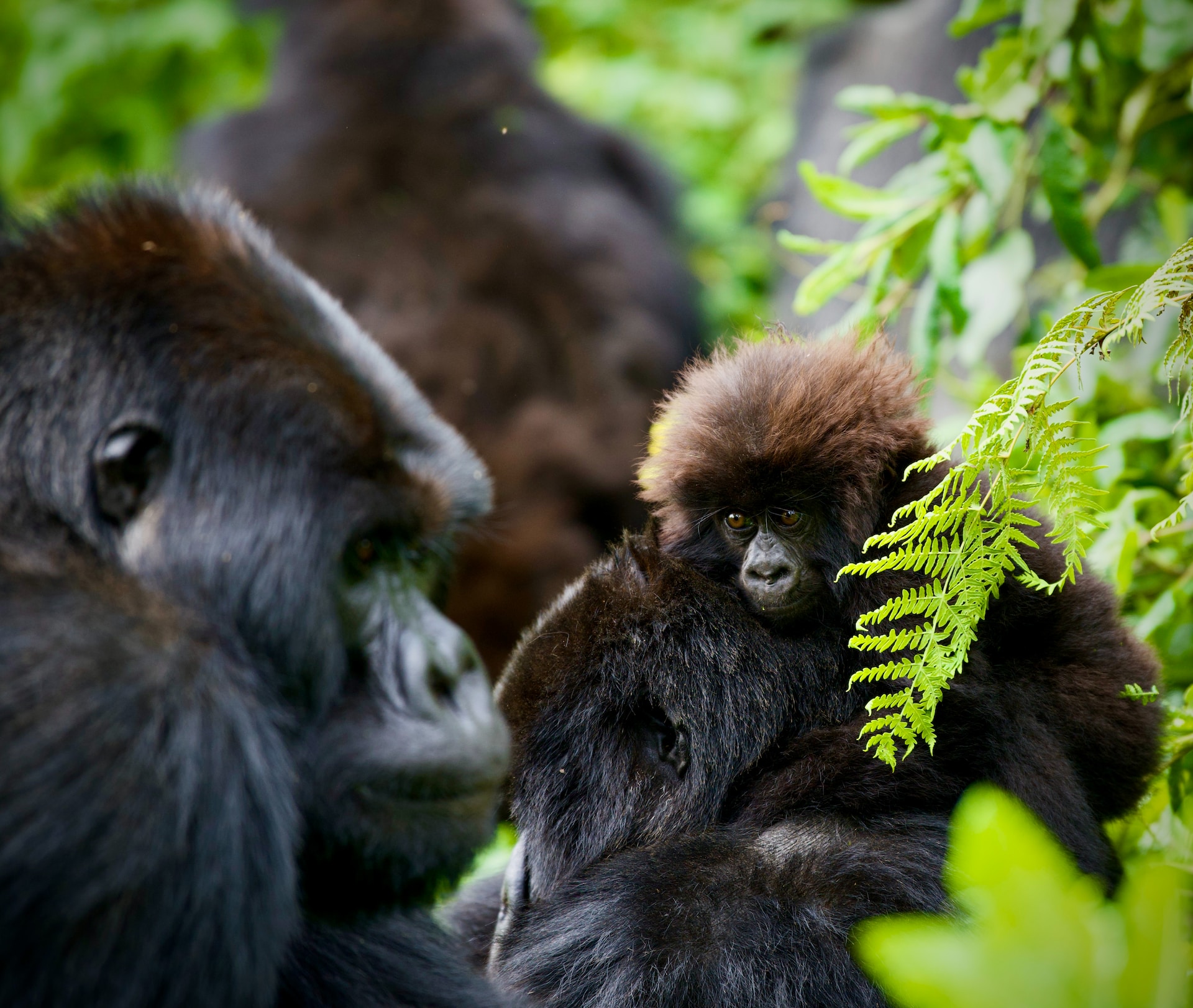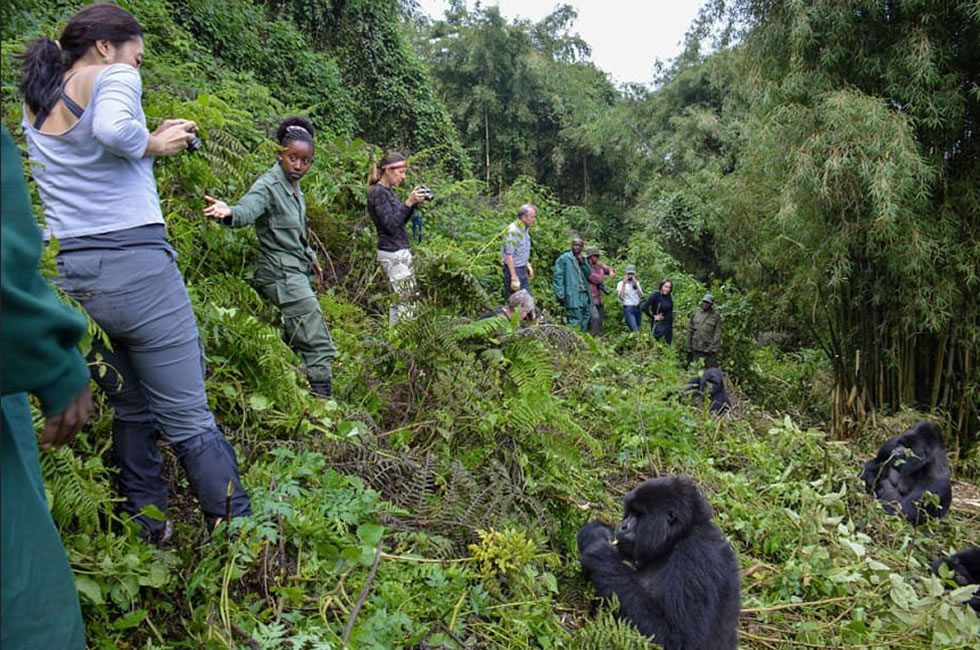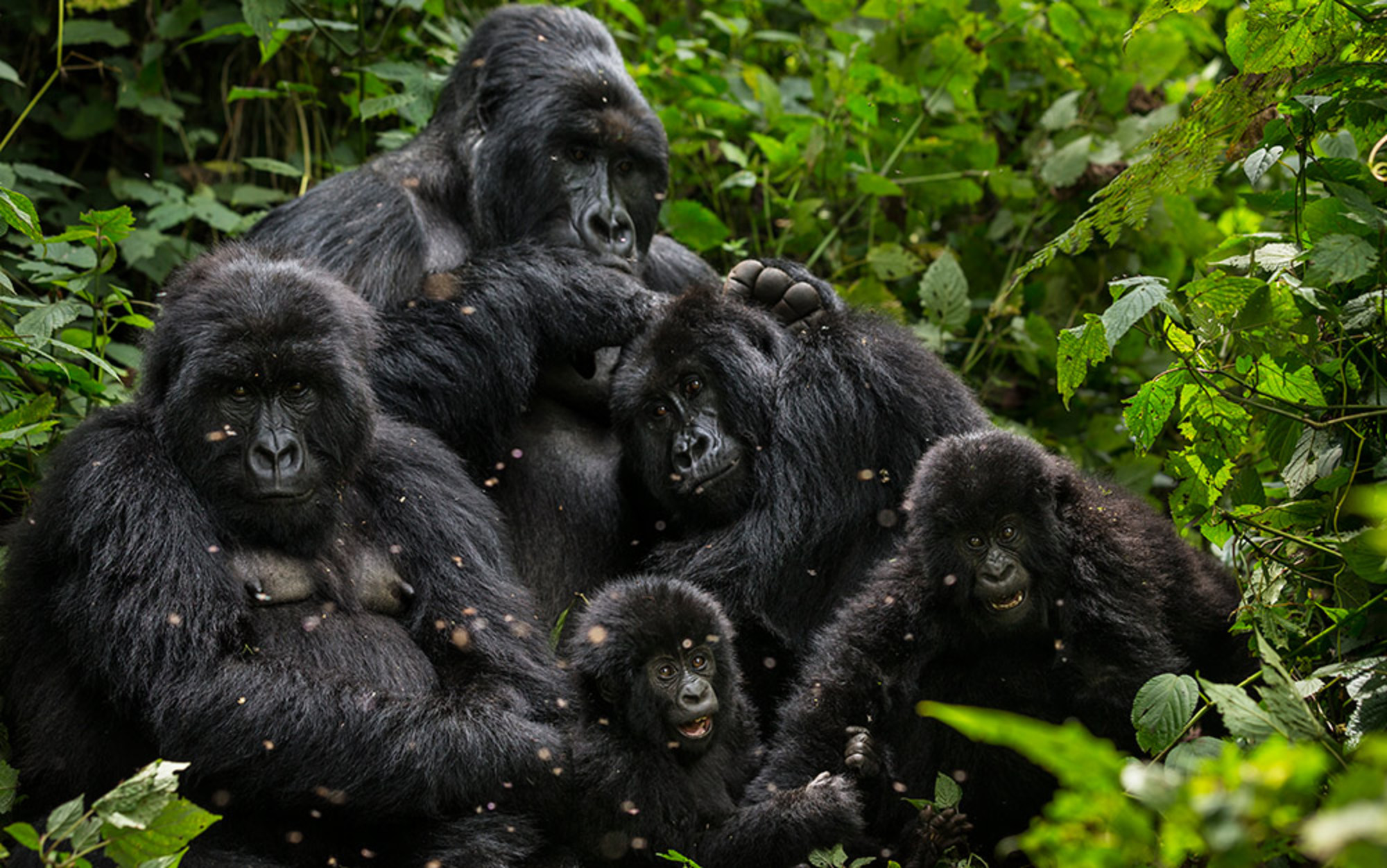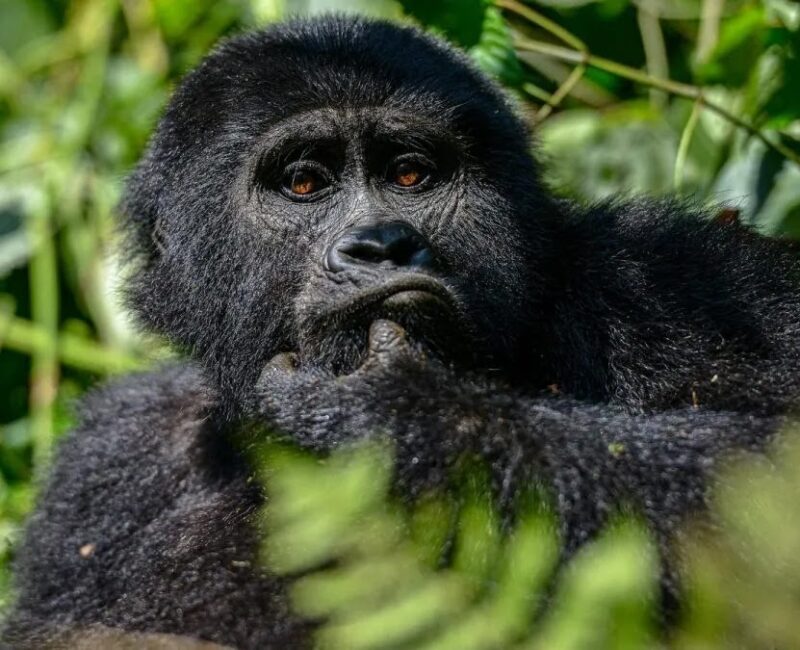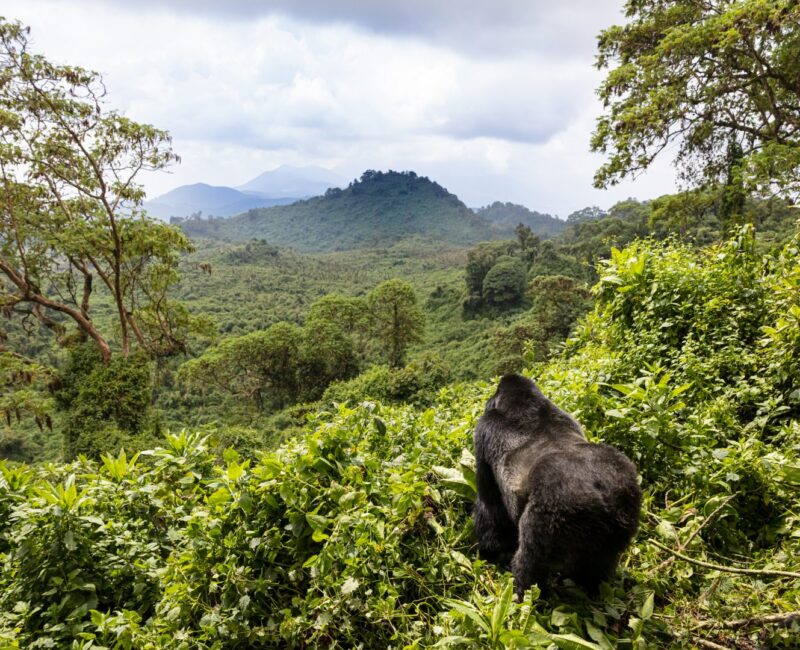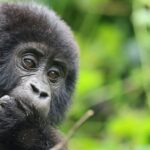
Understanding Weather’s Role in Uganda Gorilla Safaris
September 15, 2025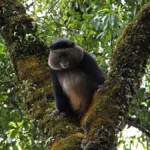
Best Time for Trekking in Mgahinga National Park
September 17, 2025Best Time for Trekking in Bwindi Impenetrable National Park
Best Time for Trekking in Bwindi Impenetrable National Park remains one of the most common questions asked by travelers preparing for a Uganda Gorilla Safari. This park, located in southwestern Uganda, is famous for its dense rainforest, breathtaking biodiversity, and its role as a sanctuary for almost half of the world’s remaining mountain gorillas. The trekking experience is profoundly shaped by the weather and seasonal conditions, which determine the difficulty of the trails, the visibility of the forest, and the comfort of the journey. The dry season attracts most visitors because it offers clear skies, firmer trails, and easier access to the gorilla families hidden within the misty forest. On the other hand, the wet season, while physically more challenging, presents lush greenery, fewer crowds, and opportunities for more affordable safari packages.
Travelers planning their Uganda Safaris must carefully weigh these seasonal contrasts to determine which period aligns best with their expectations, fitness levels, and travel budgets. Beyond gorilla trekking, the timing of a visit also influences the availability of cultural experiences, wildlife encounters, and safari lodge activities, making it vital to plan wisely. This guide offers detailed insights into the dry and wet seasons, their unique advantages, and practical advice on booking, packing, and maximizing a Uganda Safari Holiday.
Dry Season Advantage: Why Peak Season is Popular
The dry seasons, spanning from June to August and again from December to February, are widely regarded as the best time for trekking in Bwindi Impenetrable National Park. These months align with peak tourism, and for good reason. During these periods, the rainforest trails are less muddy and less slippery, making them easier to navigate. Trekkers experience firmer ground underfoot, reduced risks of slips, and an overall smoother hiking experience. This stability is particularly valuable in a dense forest where treks often last several hours.
Clearer skies during the dry season further enhance the experience. The mist that often clings to Bwindi’s treetops lifts more quickly, allowing for spectacular views of rolling hills, deep valleys, and the layered canopy of the forest. Photography becomes more rewarding, with better lighting conditions that capture the raw beauty of gorillas in their natural habitat. The dry conditions also mean less disruption during the trek, ensuring that trekkers can spend more energy focusing on observing gorilla behavior and enjoying the surrounding environment.
However, popularity comes with challenges. These months attract the highest number of visitors, resulting in increased competition for gorilla trekking permits. Each day, a limited number of permits are issued, and during peak months, they often sell out six to twelve months in advance. Accommodation within and around Bwindi also fills up quickly, especially at safari lodges offering premium views and cultural activities. Travelers planning their Uganda Gorilla Safaris in the dry season must therefore book early to secure their preferred lodges and trekking dates. Although the costs are higher during this period, the unparalleled convenience of trekking and the comfort of drier weather make the investment worthwhile for many.
Wet Season Wonders: Trekking in Low Season Months
The wet seasons, stretching from March to May and October to November present a very different trekking environment in Bwindi Impenetrable National Park. Rainfall is heavier and more frequent, creating muddy and slippery trails that test the stamina and balance of trekkers. Fog and mist hang longer in the forest canopy, often reducing visibility and making navigation more demanding. Despite these challenges, the wet season offers its own unique rewards for travelers seeking a less crowded, budget-friendly adventure.
One of the greatest advantages during this period is the reduced number of visitors. Trekkers enjoy a more intimate atmosphere, with fewer groups competing for the same gorilla families. This quieter environment often leads to more personal, immersive encounters with nature. Safari lodges around Bwindi lower their rates during this season, offering excellent opportunities for travelers on a budget to experience luxury accommodation at a fraction of peak-season prices. Additionally, the abundant rainfall brings explosive growth in vegetation, creating a vibrant, green forest teeming with life. The mountain gorillas often remain at lower elevations where food is more plentiful, sometimes reducing trekking times and making sightings easier than expected.
Birdwatchers also consider the wet season ideal. Migratory bird species flock to the forest, complementing gorilla trekking with world-class birding experiences. For cultural enthusiasts, evenings in the lodges become opportunities to enjoy traditional music, dance, and storytelling performed by local communities sheltering from the rain. These performances bring warmth and joy to the otherwise damp atmosphere, enriching the overall Uganda Holidays experience. While trekking during the rainy months demands proper preparation, including waterproof gear and sturdy hiking boots, the sense of adventure and exclusivity makes the low season appealing to travelers who value authenticity over convenience.
Cultural Encounters Around Bwindi
Timing your trip to Bwindi Impenetrable National Park also affects the cultural opportunities available around safari lodges and nearby communities. Regardless of whether travelers visit in the dry or wet season, the region offers deeply enriching encounters that enhance the overall Uganda Safari Holiday. The Batwa community, indigenous forest dwellers who once lived in Bwindi, share their ancient traditions through storytelling, hunting demonstrations, and music. Engaging with their cultural heritage provides invaluable insight into the historical relationship between humans and the forest.
In the dry season, cultural walks to nearby villages and farms become easier, as trails outside the forest remain accessible. Visitors can explore banana plantations, tea farms, and local markets where Ugandan crafts and produce are sold. These interactions create a strong connection between visitors and the local economy, supporting sustainable tourism initiatives. Meanwhile, during the rainy season, lodges often host indoor cultural performances featuring traditional dances, drumming, and local cuisine. The rhythm of the drums combined with the warmth of communal gatherings contrasts beautifully with the rainy atmosphere outside, creating lasting memories.
For travelers extending their Uganda Wildlife Safaris, Bwindi’s cultural experiences pair seamlessly with visits to Queen Elizabeth National Park, Lake Mburo, or Kibale National Park. These destinations allow adventurers to combine gorilla trekking with classic game drives, chimpanzee tracking, and birdwatching safaris. By strategically timing the trip, visitors can align gorilla encounters with cultural events, creating comprehensive Uganda Safaris Holidays that highlight both nature and heritage.
Practical Tips for Any Season
No matter when travelers choose the best time for trekking in Bwindi Impenetrable National Park, preparation remains crucial. Gorilla permits are limited, so booking early through a trusted tour operator ensures availability. Packing should always prioritize comfort and practicality. Waterproof hiking boots, a reliable rain jacket, quick-dry clothing, and insect repellent are essential in any season. Walking sticks, gloves, sunscreen, and reusable water bottles also enhance trekking comfort.
Understanding Bwindi’s tropical climate is important, as rain can fall at any time, even during the dry season. Travelers should pack layered clothing to adapt to fluctuating temperatures, with mornings and evenings often cooler due to altitude and mist. For those combining gorilla trekking with Uganda Wildlife Tours, flexibility in packing becomes even more essential. Binoculars for birding, camera equipment with protective covers, and swimwear for lodge pools or lake visits all add value to the safari experience.
Finally, travelers should remain open to the unexpected. Whether navigating a rain-soaked trail in April or enjoying a sunlit trek in July, the unpredictability of nature is part of the magic of Uganda Safaris. With the right mindset and preparation, every season provides opportunities to connect deeply with the natural world and local culture.
Choosing Your Perfect Time for a Uganda Safari Holiday
The best time for trekking in Bwindi Impenetrable National Park depends entirely on individual preferences, priorities, and travel goals. The dry season offers firm trails, clear skies, and reliable trekking conditions, making it the ideal choice for those seeking comfort and predictability. The wet season, although more challenging, rewards travelers with lush scenery, affordable rates, and intimate encounters free from crowds. Both seasons guarantee life-changing moments with mountain gorillas, supported by the cultural and natural richness of Uganda.
For anyone planning a Uganda Gorilla Safari, the decision ultimately lies in what matters most—ease of trekking, budget flexibility, or cultural immersion. Combining gorilla trekking with broader Uganda Wildlife Safaris transforms the journey into a comprehensive African adventure, with game drives, birding, and cultural tours enriching every step. By considering the seasons, booking early, and preparing properly, travelers secure not only a permit but also a once-in-a-lifetime experience that defines the essence of a Uganda Safari Holiday. Whether in the misty rains of November or under the golden sun of August, Bwindi remains a timeless destination where nature, culture, and adventure unite.

